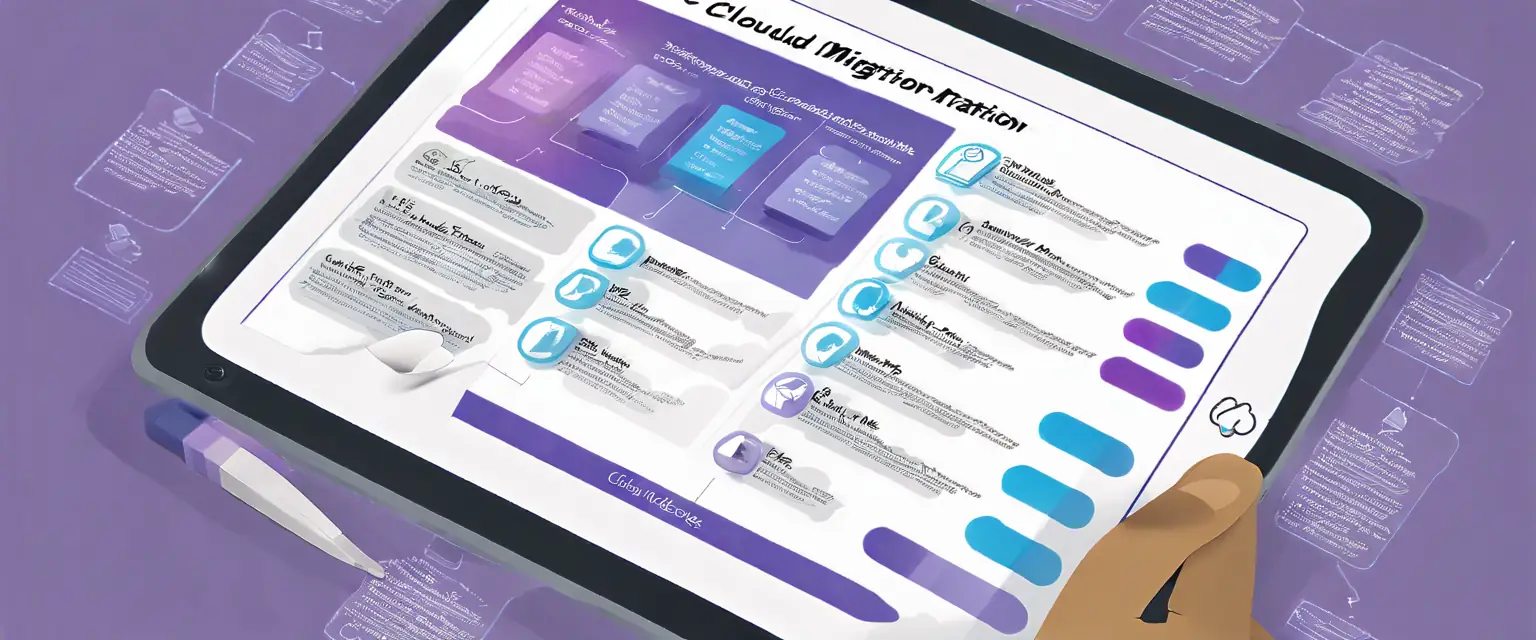Migrating to the cloud can be a complex process, but following best practices can ensure a smooth transition. First, it’s essential to conduct a thorough assessment of your current IT infrastructure. This assessment helps identify which applications and data are suitable for migration and which should remain on-premises. By understanding your existing environment, you can develop a strategic migration plan that minimizes risks and maximizes benefits.
Next, involving key stakeholders throughout the migration process is crucial. Engaging teams from IT, operations, and business units fosters collaboration and ensures that everyone is aligned with the migration goals. Regular communication and updates help manage expectations and address any concerns that may arise. By creating a culture of collaboration, organizations can enhance the overall success of their cloud migration efforts.
Finally, testing and validation are critical components of a successful migration. Before fully transitioning to the cloud, it’s important to conduct thorough testing to ensure that applications function as expected in the new environment. This step helps identify any potential issues and allows for adjustments before going live. By prioritizing testing, organizations can mitigate risks and ensure a seamless user experience post-migration.




